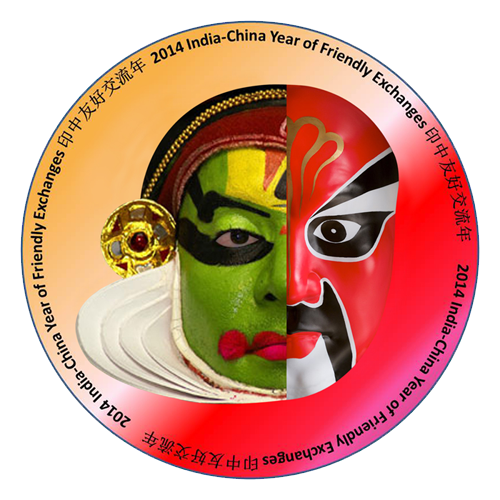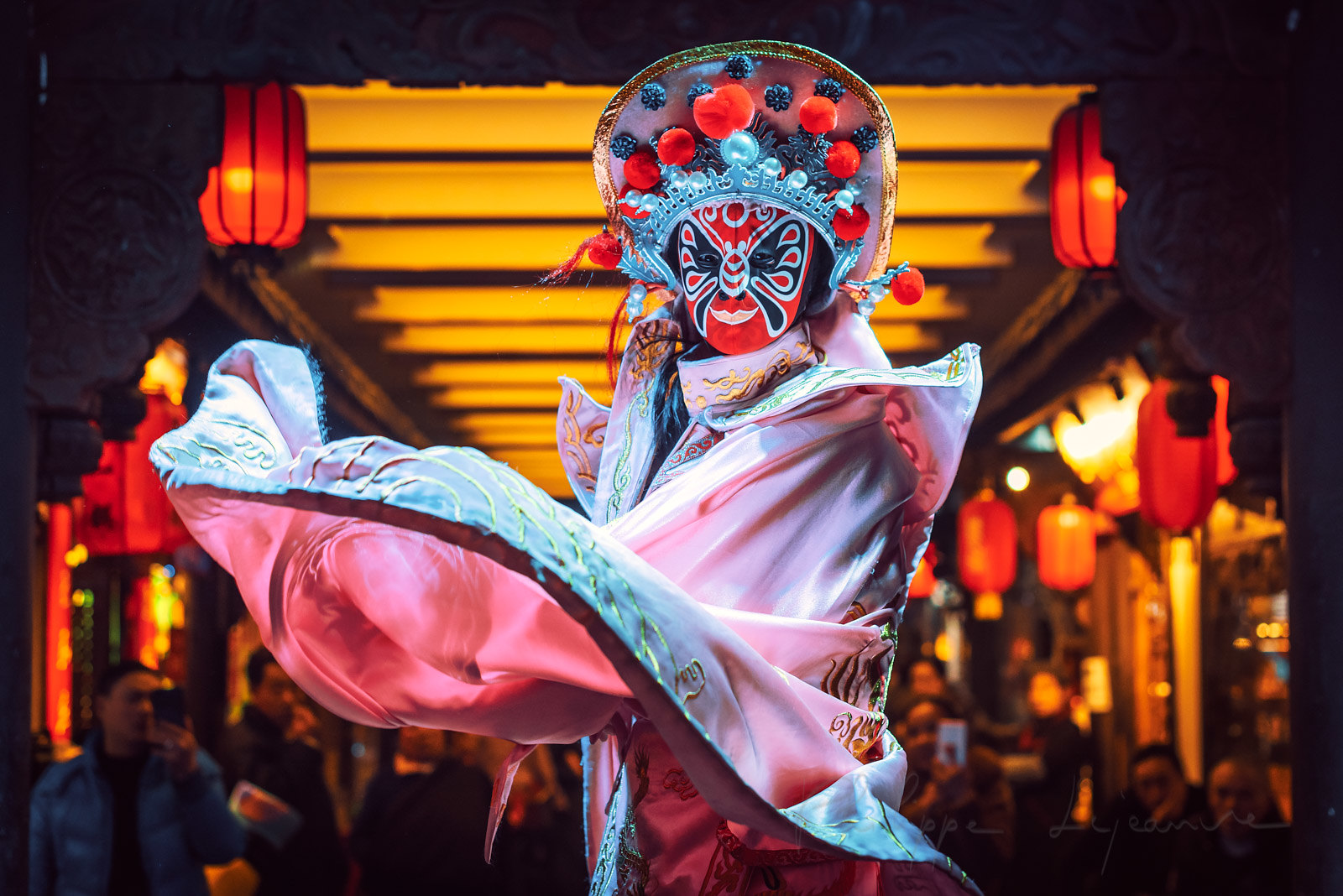
The Bashu Cultural Tourism Corridor, which is anchored by the twin cities of Chengdu and Chongqing, is a daring effort aiming at transforming the region into a significant center for cultural tourism and economic development. This corridor, which spans extensive portions of Sichuan Province and Chongqing Municipality, is a critical component of China’s strategic ambitions, as described in both the Fourteenth Five-Year Plan for National Economic and Social Development and the Outline of Long-term Objectives for 2035.
The Fourteenth Five-Year Plan of the People’s Republic of China and the Outline of Long-term Objectives for 2035 outlines 102 major projects, one of which is the “Building of the Bashu Cultural Tourism Corridor.” This project is a key element of the broader strategy for national economic and social development, particularly in the western region of China. The Plan for the Construction of the Twin Cities Economic Circle in Chengdu and Chongqing, issued by the Central Committee of the Communist Party of China and the State Council, further supports this initiative.
The Bashu Cultural Tourism Corridor, rich in cultural heritage and natural beauty, is set to become a significant catalyst for regional growth. Its development is closely aligned with other national strategies, such as the Belt and Road Initiative, the Yangtze River Economic Belt, and rural revitalization efforts. By integrating these initiatives, the corridor aims to promote deeper regional integration and foster broader international cooperation, positioning western China as a vibrant hub of culture, tourism, and economic activity.

Sichuan and Chongqing have long been recognized for their historical and cultural importance. This region is rich in cultural treasures, historical sites, and intangible cultural resources, reflecting its humanistic tradition. The natural environment is equally spectacular, with a variety of ecological kinds and distinct landscapes that provide unrivaled tourism prospects.
The Bashu Cultural Tourism Corridor boasts an impressive array of resources, including:
- World Heritage Sites: 8 sites that draw international attention.
- National Historical and Cultural Cities: 9 cities recognized for their historical significance.
- Museums and Cultural Relics: 17 national first-class museums and 148 key cultural relics protection units.
- Intangible Cultural Heritage: 206 nationally recognized projects that preserve traditional crafts, arts, and customs.
- Geoparks and Nature Reserves: 3 world geoparks, 23 national geoparks, and 39 national nature reserves.
- Tourist Attractions: 25 national 5A-level tourist attractions and 83 national key rural tourism villages and towns.
These assets lay a solid foundation for the development of the Bashu Cultural Tourism Corridor, positioning it as a premier destination for both domestic and international tourists.
The establishment of the Twin-city Economic Circle between Chengdu and Chongqing creates new potential for the Bashu Cultural Tourism Corridor. The inclusion of this region in national policies such as the Belt and Road Initiative, the Yangtze River Economic Belt, and the development of the western region creates a good climate for growth.
However, the region also faces several challenges:
- Unbalanced Development: Disparities in the development of cultural and tourism resources across the region need to be addressed.
- Infrastructure Gaps: Improvements in infrastructure and public services are necessary to support the corridor’s growth.
- Brand Influence: The global recognition of the Bashu Cultural Tourism Corridor must be enhanced.
- Pandemic Impact: The COVID-19 pandemic has had a lasting effect on tourism, necessitating adaptive strategies to recover and thrive.
The construction of the Bashu Cultural Tourism Corridor is not just a regional initiative but a strategic move to implement the major decision-making and deployment of the CPC Central Committee and the State Council.
It aims to:
- Lead High-Quality Development: By fostering the growth of culture and tourism, the corridor will contribute to regional and national economic development.
- Create New Cultural and Tourism Spaces: The corridor will explore innovative models for the coordinated development of culture and tourism.
- Enhance Regional Competitiveness: By leveraging the unique strengths of the region, the corridor will build a strong international cultural and tourism brand.

The development of the Bashu Cultural Tourism Corridor is guided by Xi Jinping’s Thought on Socialism with Chinese Characteristics for a New Era. The initiative seeks to promote high-quality development, driven by innovation, and aimed at meeting the needs of the people. It emphasizes the importance of cultural and tourism integration, ecological sustainability, and regional coordination.
Basic Principles
- People-Oriented Development: The corridor will prioritize the well-being of its residents, ensuring that the benefits of development are widely shared.
- Innovation-Driven Growth: Innovation, particularly in digital culture and smart tourism, will be the driving force behind the corridor’s development.
- Ecological Sustainability: The corridor will adhere to the principles of green development, balancing ecological protection with cultural and tourism growth.
- Cultural Integration: The corridor will promote the fusion of culture and tourism, creating unique experiences that highlight the region’s rich heritage.
- Regional Coordination: The corridor will foster cooperation across different regions, ensuring a unified approach to planning and implementation.
The Bashu Cultural Tourism Corridor is positioned to become a national highland for cultural tourism development, innovation, and reform. It will serve as a strong growth pole for the cultural and tourism sectors, influencing and driving the development of these industries across the country. By enhancing its competitiveness and building a strong international reputation, the corridor will play a crucial role in China’s cultural and economic landscape.
It will comprise Three major Belts:
- Chengdu-Chongqing Ancient Road Cultural Tourism Belt: Chengdu-Chongqing Shuangcheng hub, connect the central urban agglomerations of Chengdu and Chongqing, and radiate Suining, Nanchong, Neijiang, Zigong, Ziyang, Dazu, Rongchang and Yongchuan, revitalize and utilize the historical and cultural resources of Chengdu-Chongqing Ancient Road
- The ecological and cultural tourism belt in the upper reaches of the Yangtze River: industrial sites left behind of the Third Front program :a massive development plan launched and designed by Chairman Mao in the sixties of the twentieth century. Relying on the main stream of the Yangtze River, it connects the ecological and cultural tourism development agglomeration areas centered on the urban groups of Yibin, Luzhou, the main city of Chongqing and the Three Gorges Reservoir Area in Northeast Chongqing. The radiation drives the urban agglomeration along the Wujiang, Jialing River, Daning River, Tuojiang River and Chishui River, connects the cultural and tourism resources along the Yangtze River and the hinterland, and vigorously optimizes the water-land joint operation. Transportation and other special tourism transportation organization methods, focusing on the development of inland river cruise ships, mountain vacations, urban leisure, ecological health care, rural tourism, etc., to help the construction of the Yangtze River International Golden Tourism Belt.
- Cheng Mianle World Heritage Boutique Tourism Belt:The Ancient salt road in Sichuan and Chongqing: Relying on the G5 and G93 highways, it connects Chengdu, Mianyang, Leshan, Deyang, Meishan and other regions, and the radiation drives Guangyuan, Bazhong, Ya’an, Xichang, Panzhihua and other places, giving full play to the advantages of world-class tourism resources such as Sanxingdui, Jiuzhaigou and giant pandas, building world-class boutique tourism routes, and creating cultural and tourism integration. Develop clusters and comprehensively drive the development of surrounding areas.
The Bashu Cultural Tourism Corridor is more than just a regional project; it is a visionary initiative that seeks to harness the cultural, economic, and environmental strengths of Sichuan and Chongqing to create a dynamic, sustainable, and globally recognized hub for cultural tourism. By addressing the challenges and leveraging the opportunities, the corridor is set to become a model for regional development, contributing to the overall growth and prosperity of western China.
References:
- Sichuan Provincial Department of Culture and Tourism. “The Construction Plan of Bashu Cultural Tourism Corridor.” Last modified June 22, 2022. https://cdwglj.chengdu.gov.cn/cdwglj/c133193/2022-06/22/content_1216f0f2063a44619d390c1f9ad96114.shtml.
- “Well-known Scenic Spots Form the ‘CP’, Launching the World-Class Brand of ‘Bashu Cultural Tourism Corridor’.” Last modified August 18, 2024. https://inf.news/en/travel/490a56d72231fd97eb6954ca40261cc2.html.
- “Chongqing Launches Ten Plans to Build Bashu Cultural Tourism Corridor.” iChongqing. Accessed August 18, 2024. https://www.ichongqing.info/2023/02/06/chongqing-launches-ten-plans-to-build-bashu-cultural-tourism-corridor/.
- “The Bashu Cultural Tourism Corridor.” Galileo Observer. Last modified September 11, 2020. http://www.galileiinstitute.it/western-china-tourism-series-the-bashu-cultural-tourism-corridor/
Keywords:
#BashuCulturalTourism #ChengduChongqing #TwinCityEconomicCircle #CulturalHeritage #TourismDevelopment #WesternChinaGrowth #BeltAndRoad #YangtzeRiverEconomicBelt #Ecotourism #ChinaCulturalTourism #SmartTourism #InnovationInTourism #SichuanTourism #ChongqingTourism #GreenDevelopment #CulturalIntegration #RegionalCoordination #ChineseCulture #TourismCorridor #BashuHeritage



